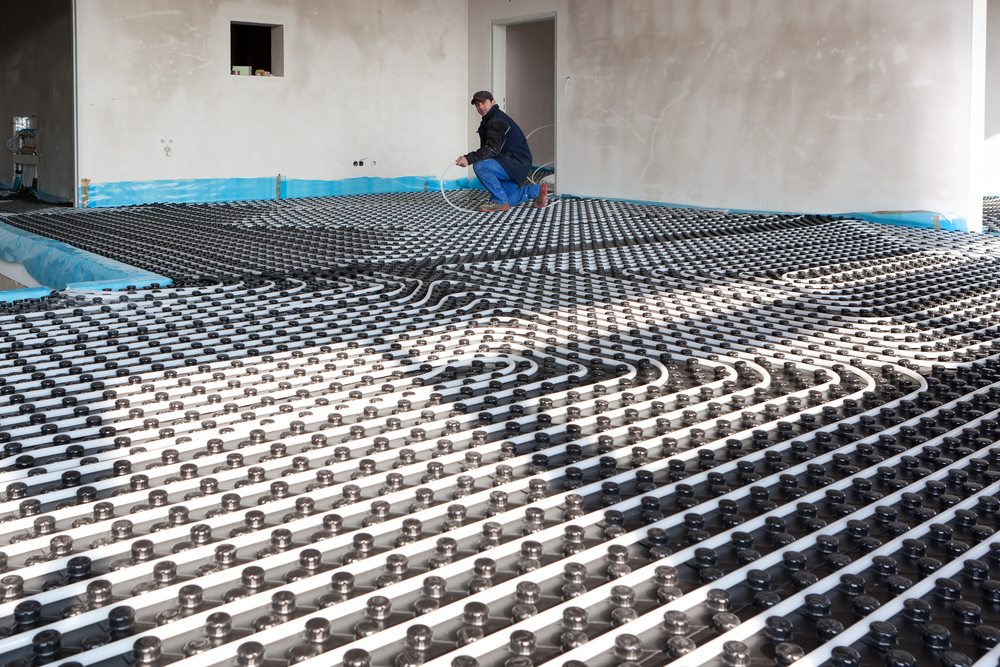A hydronic heating system is an energy efficient system which helps heat home or office buildings with the help of a tubing system. This system is run using heated liquid or water from underneath the floor using a strong baseboard system which acts as a radiator or a heater. This is system known as radiant heating. This is highly popular among domestic as well as commercial establishments. Moreover, they are excellent budget-friendly options as they are energy efficient, sustainable and eco-friendly. No harm is caused to the environment by using a hydronic heating system. The below mentioned guidelines will help you understand how your hydronic system expert installs this system effectively and helps you save up to 35 – 40 % of heating costs.
Primary Equipment Used in Hydronic Heating Systems
- Installation and functioning of the hydronic heating system require some basic equipment that are as follows: –
- A basic boiler which is utilized for heating the liquid.
- A basic liquid which issued for the hydronic heating system. Water is the most commonly used cost-efficient liquid as it is also a good conductor of heat.
- Tubing made with plastic or PEX is used as a common tubing material.
- A pump for heating the liquid and circulating it all through the heating system.
- A thermostat which directs the flow of water and the temperature of the room.
- A heat exchanger in the floor which can radiate the water at the base and help spread the heat to the entire premises.
Installation of The Hydronic Heating System
# Step 1 – Measurement of the Floor: To begin with hydronic heating system installation, first it is important to determine the measurement of the floor space in the indoor premises. This will help in determining the measurement of the MDF board you require. Such a board is supported by an aluminum foil which helps in maintaining the heat of the area in which it belongs. The MDF board can be cut in sections or grooved to fit well with the PEX tubing system. Measuring the length and the width of the floor and then multiplying both the dimensions will provide you with the square footage measurement of the space.
# Step 2 – MDF Board Placement: The MDF board works as a sub-floor to your existing flooring. It has the ideal thickness which is needed for a floor. This board is needed to be placed over the floor and then trim for fitting it around sinks, tubes or window or any other floor objects. There is no need to trim them through the grooves of the PEX tubing. As they are trimmed, they must further be strengthened by using adhesive. PEX tube spacer can be used for connecting the boards as it helps them line up properly and not shift. Nail them if there is a need realized.
# Step 3 – PEX Tubing: PEX based plastic tubing is utilized for transporting the hot water from the boiler through this tubing system. By measuring the distance of the boiler and the board you can find how long a tube you will need for snaking it over the board. You can use a drill for making a hole near the endpoint. It is always better to have ample tubing. This is because you can always trim it to fit your requirements. You may also want that the different sections of PEX tubing is used for the bigger areas. One length of tubing is not effective for a very large area. This is an important step in installing the hydronic heating system.
The tube sections require holes to be made on the floor. It is a good idea to get in touch with a professional plumber who has the experience in such hydronic heating system installation jobs. Getting recommendations from family or friends can be a useful in finding the right professional for the job. Due to the level of expertise and technicalities involved, this certainly isn’t a DIY job. Do engage a HVAC specialist to get things right.













